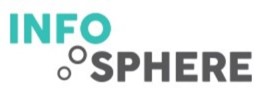

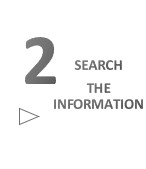
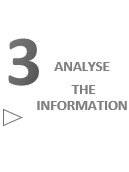
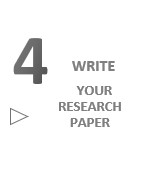
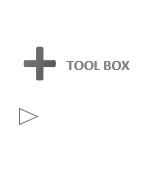
THE CYCLE OF SCIENTIFIC INFORMATION PRODUCTION
 RESEARCH IDEA
RESEARCH IDEA
Information not published at this stage.
- Definition of the problem and hypotheses
- Review of the writings produced
- Reflections on the idea
- Production of research data (e.g. laboratory notes)
 To access this information, you need to know the creator of it.
To access this information, you need to know the creator of it.
 INFORMAL COMMUNICATIONS
INFORMAL COMMUNICATIONS
Information not published at this stage.
- Discussion of the first results or conclusions with colleagues interested in the topic.
 To access this information, you must be part of this invisible college or try to integrate into this professional network.
To access this information, you must be part of this invisible college or try to integrate into this professional network.
 UNPUBLISHED LECTURES
UNPUBLISHED LECTURES
Information sometimes publicly available at this stage.
- Oral presentation only of research and initial findings at conferences in order to gather feedback from the scientific community.
 To access this information, you must attend the conference.
To access this information, you must attend the conference.
Sometimes speakers self-publish their manuscript on the Web. These documents do not yet have a "scientific" status since they are not validated by the scientific community.
 RESEARCH REPORTS
RESEARCH REPORTS
Information published outside the major distribution channels.
- This is called grey literature. It consists of preprints, reports, dissertations and theses.
 Information often available in institutional repositories or from organizations.
Information often available in institutional repositories or from organizations.
 ARTICLES
ARTICLES
Information published by an editor in conference proceedings or in peer-reviewed or non-peer-reviewed journals.
- Research results are deemed worthy enough to be presented to the scientific community.
 To access this information, you have to subscribe to the journals or get the records yourself if you have a lot of money) or through libraries.
To access this information, you have to subscribe to the journals or get the records yourself if you have a lot of money) or through libraries.
The open access movement makes a small portion of these publications freely available. Many search results fail to achieve this publication status.
 DOCUMENTARY DATABASES
DOCUMENTARY DATABASES
Information product developed by a publisher that lists articles.
- These products therefore allow the identification of articles although sometimes the full text may be there. Some databases are free like PubMed and ERIC but otherwise they are usually paid.
 To consult them, you pay a subscription yourself (if you have a lot of money) or you use the library.
To consult them, you pay a subscription yourself (if you have a lot of money) or you use the library.
If the search results are published in a secondary journal, the content of that review may not be reported in the searched database.
 BOOKS
BOOKS
Product published by a publisher.
- The scientific research that has become well established in articles ends up being described in books.
 You can buy the books or use the ones from the library.
You can buy the books or use the ones from the library.
The majority of search results will never be mentioned in books.
 REFERENCE WORKS
REFERENCE WORKS
Product published by a publisher.
- Standard vocabulary, best practices, state-of-the-art and major scientific consensus on a subject are condensed from articles and books into textbooks, handbooks and encyclopedias.
 You can buy the (often expensive) reference books or use the ones from the library.
You can buy the (often expensive) reference books or use the ones from the library.
A minority of research results will be large enough to be retrieved from reference works.

Infosphère / https://infosphere.uqam.ca
 Objective
Objective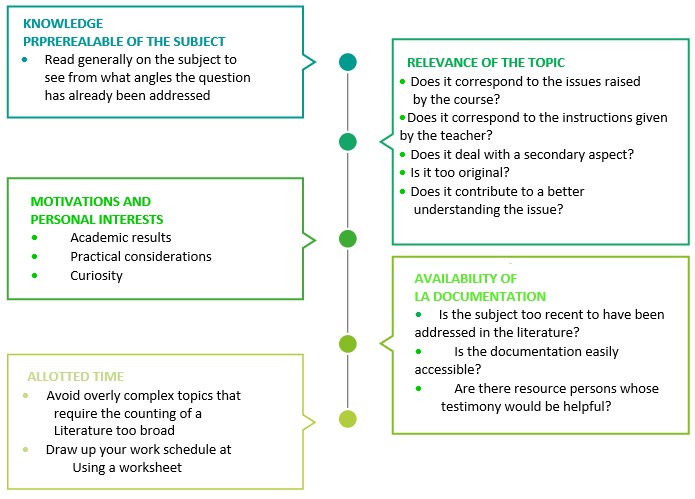
![]()








 RESEARCH IDEA
RESEARCH IDEA